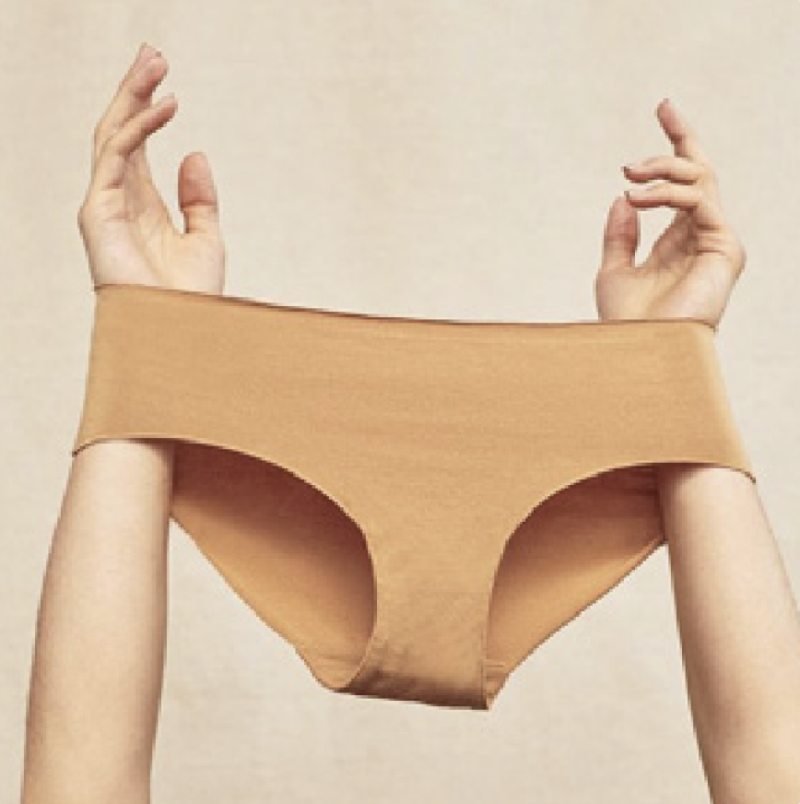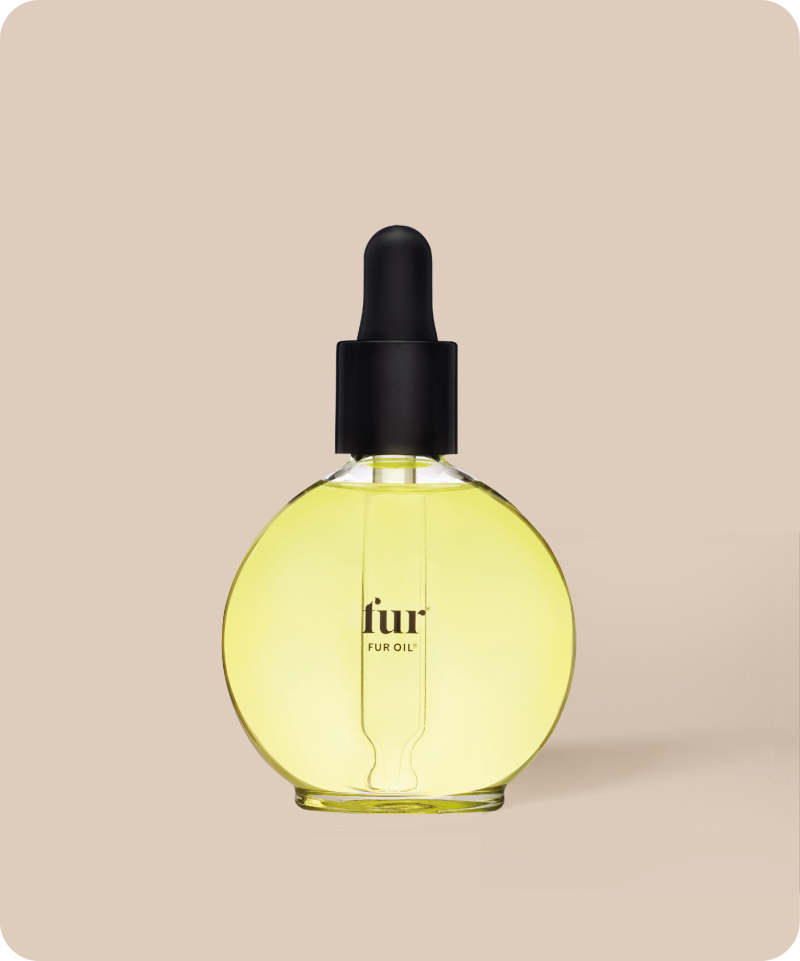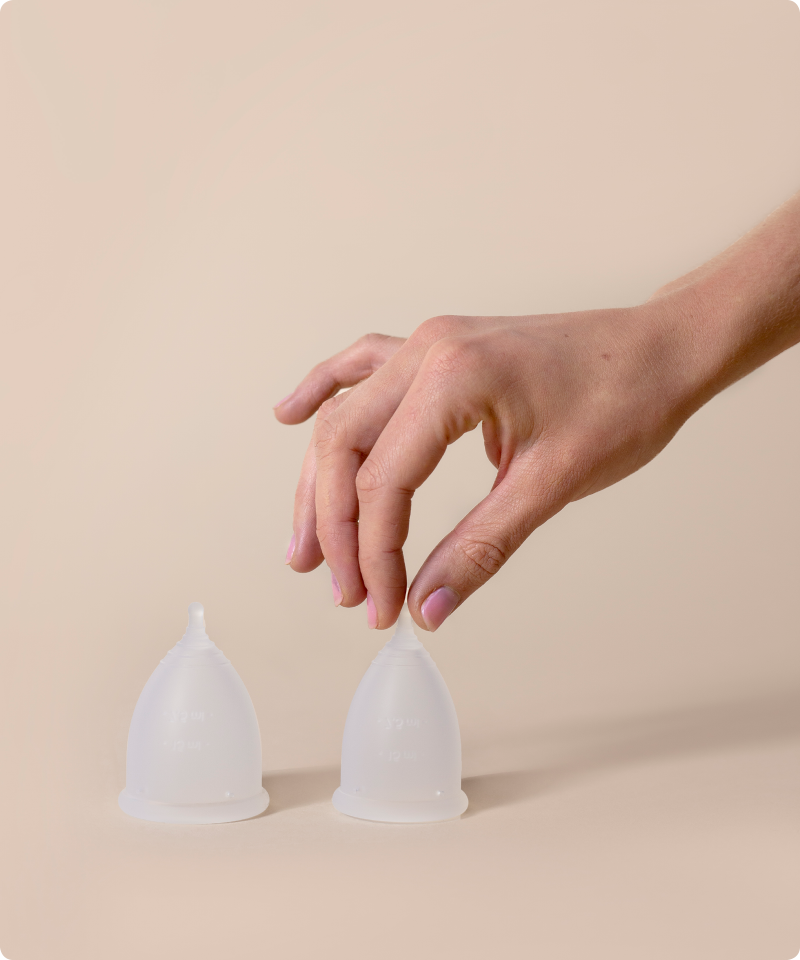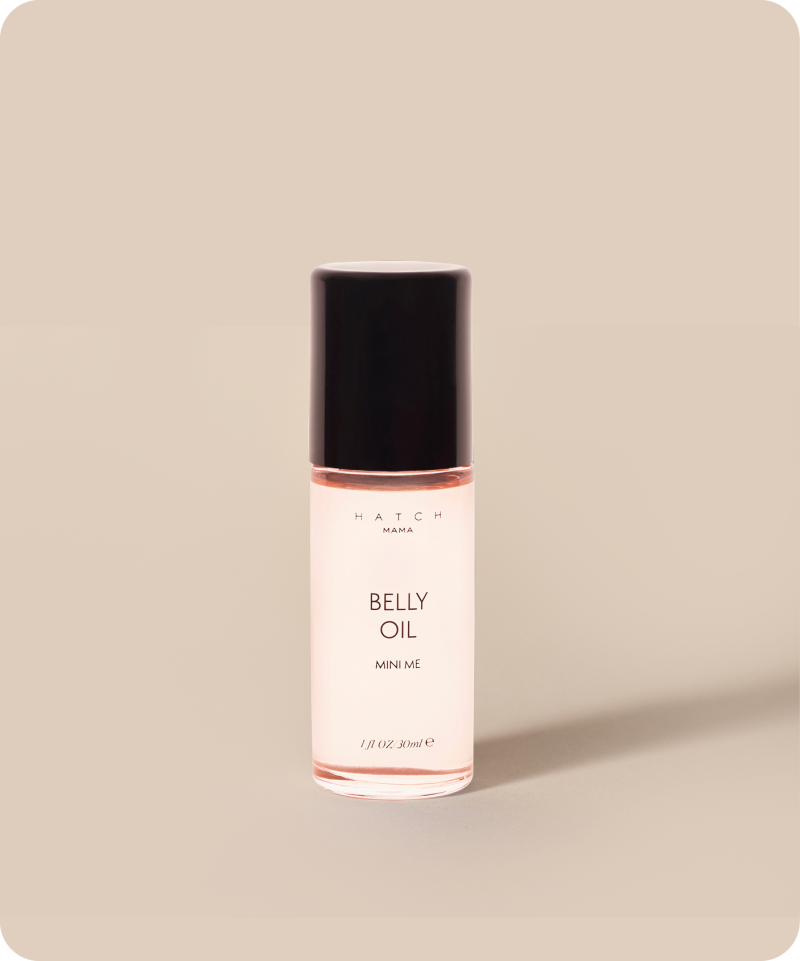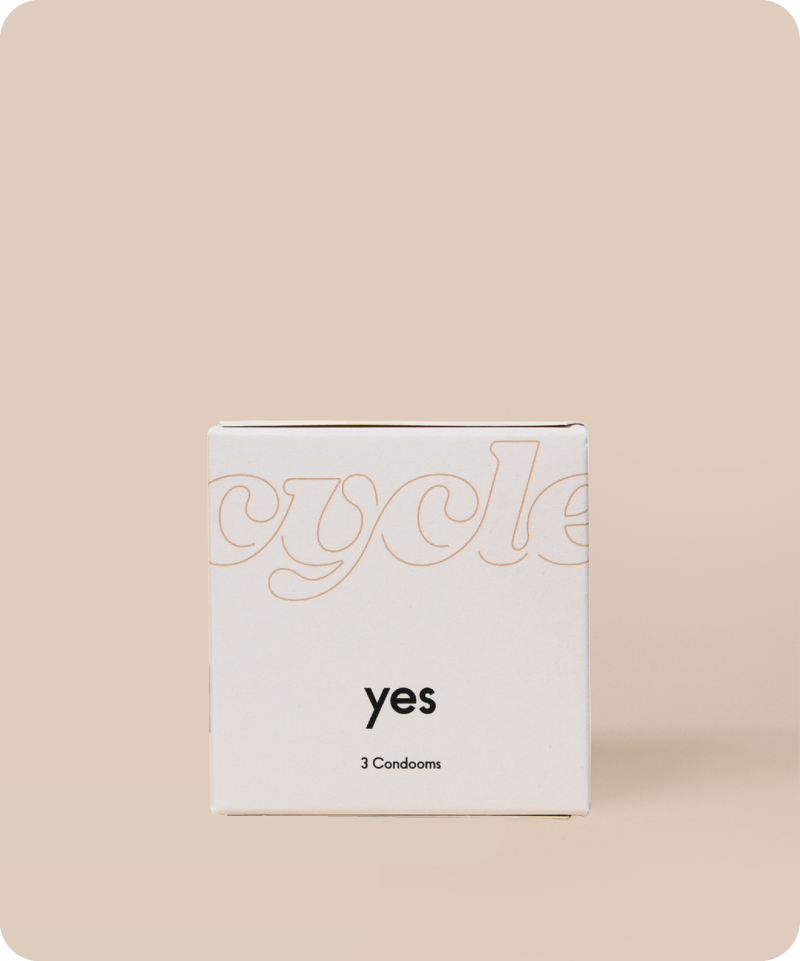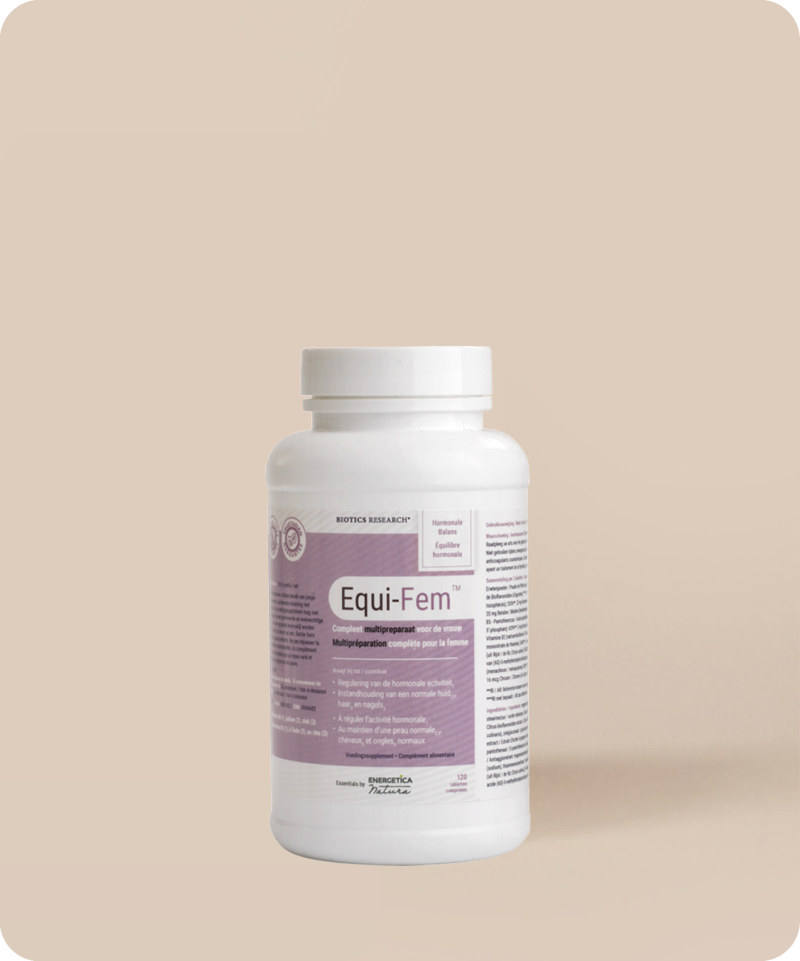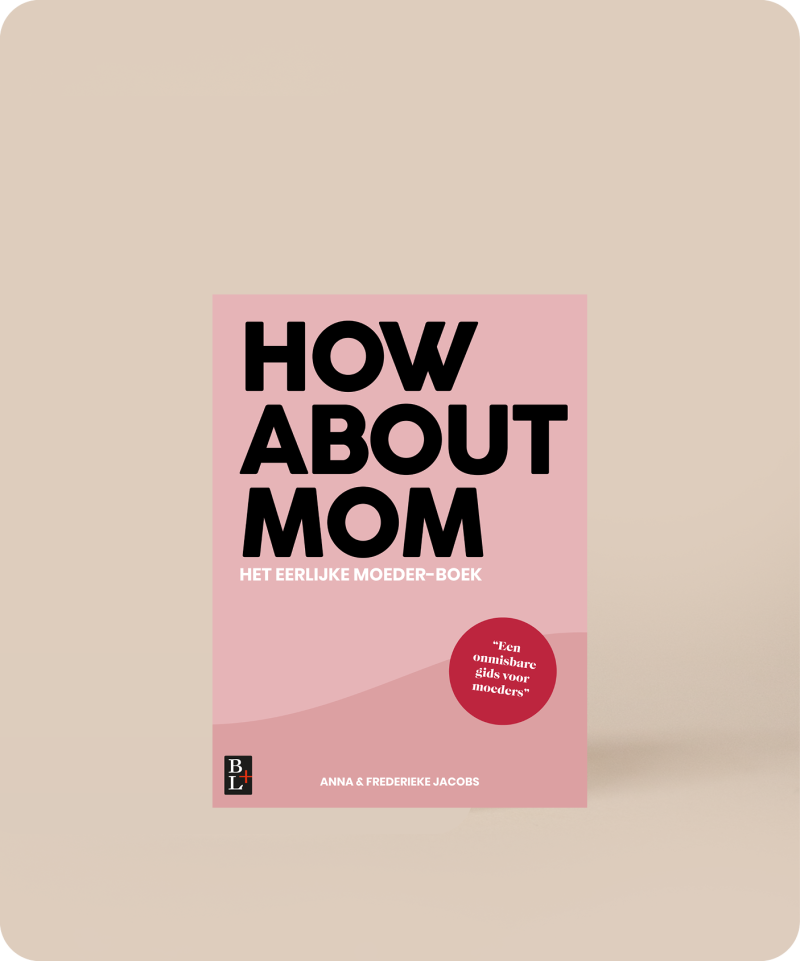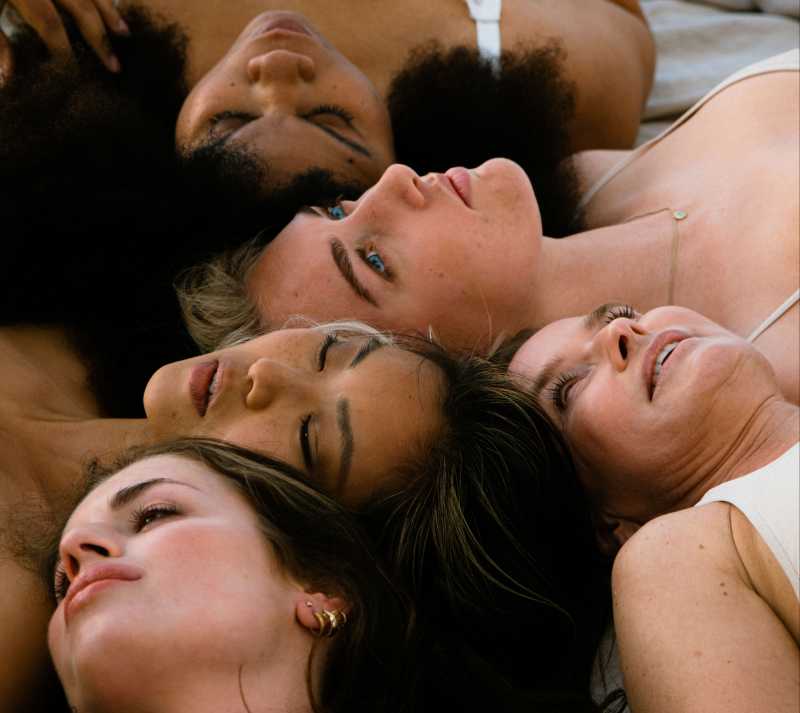This is how running affects the female body
Reducing stress (43%), clearing your mind (39%), improving sleep (25%) were named as some of the most common reasons for running. Running can improve your mental health, but there are many other reasons to grab those sneakers and go for a run. Recently, there’s been an increase in attention for cardiovascular conditions in women, because the symptoms are often different and less obvious than in men. Sometimes, symptoms are wrongly dismissed as menopause symptoms or (pre) menstrual complaints. Meanwhile, cardiovascular conditions are the number one cause of death among women worldwide. Cycle expert and cardiologist Janneke Wittekoek, specialist in the field of women healthcare and cardiovascular disease, gives us tips why (starting) running is the best thing you can do for your body and mind.
Why jogging is the best medicine for your heart
Exercise makes your heart stronger and bigger, which makes it easier for your heart to pump blood to the muscles. Individual differences aside, a person who exercises regularly actually has a more efficiently functioning heart than people who don’t exercise. The heart’s beating power can be twice as high with someone who exercises frequently and the heart rate can be twice as low when resting. The heart vessels controlling the heart muscle’s blood supply are more elastic as well, allowing more blood to pass through when exercising. Even if there are any blockages. Moreover, when running, substances that have heart-protective properties and attack the good HDL cholesterol are stimulated. On top of this, running ensures a decrease in blood pressure and body weight which reduce the risks of cardiovascular disease.
Incidentally, exercise is only a small part of the preventive effect that prevents arteriosclerosis, because the risk of cardiovascular disease depends on a combination of factors. Your genes (hereditary load), high blood pressure, high cholesterol or high sugar levels, stress, poor diet, smoking, obesity, and a bad sleeping schedule: they are all risk factors. It may sound boring, but it’s good to be aware of. And the good news is that you can influence a great deal of these factors yourself!
Women train extremely hard for certain goals that men seem to pass with ease, how is that possible?
The gist of these differences lies in heart size. Men’s hearts are 20 to 25 percent larger, so they pump more blood - and oxygen - per beat. As a result, men can generally run harder and longer. Hormone levels also have their influence. Men have more testosterone, which plays an important role in the transport of oxygen throughout the body. This also benefits the ability to run. Men can also develop more muscle mass quicker than women. Women, on the other hand, have more estrogens, a hormone that is useful for many great things, but also stimulates fat storage in the abdomen. Which is extremely useful if you get pregnant, but it also ensures that women, generally, carry more ballast with them and therefore have to work harder to run as fast as men. The higher the body fat percentage of women can also be an advantage during long distance runs. Women start burning their fat reserves faster and ‘save’ their carbohydrate reserves this way. So you could say that women have a bigger fuel tank and refuel more efficiently. In short, that little ‘belly’ is handy after all…
How does the female cycle influence running?
Estrogen and progesterone are the two most important hormones during your cycle. Right before ovulation, estrogen levels are at their highest. This can give your endurance a boost, because your body burns more fats than carbohydrates. Right before your period, progesterone levels are at their peak. Your temperature rises more quickly and the transport of oxygen to your muscles is a little less efficient than usual. Because of this, running can feel more ‘heavy’ when you’re about to get your period. During your period, iron levels decrease as well, this can also cause more fatigue.
Want to read how top athletes work with their cycle? Read this interview with old international top hockey player Ellen Hoog.
How can you take this into account when training?
Both estrogen and progesterone have a ‘breakdown’ effect on your muscle tissue. At the start of your cycle, you can eat 25 to 30 grams of protein, to promote muscle growth, before your workout. You can also reduce the intensity of your workout slightly when you’re on your period. Also, eat more iron-rich vegetables, such as spinach, broccoli, and endive.
What if you are suffering from PMS?
Continue your workout! Because you are moving, more oxygen is transported throughout your body, which can reduce cramps. It might also help to take magnesium tablets or powder with vitamin B. Magnesium is good for your muscles and heart and it also helps against bloating and cramps. Eat iron and vitamin B rich foods, such as spinach, yogurt, cherries, avocado, oatmeal, and tea (ginger, chamomile, mint). Lastly, a nice bath can help you relax your muscles, and it's good to pay extra attention so that you get enough sleep - getting a good night’s rest or some power naps during the day can help tremendously if you’re feeling tired.
Want to know more about PMS and what it is? Read our article here.
A woman’s immune system also works differently from a man’s. What role does running play in this?
The immune system is your body's first line of defense. Research shows that women's immune system is more reactive than that of men. In other words, it reacts more violently and fiercely to intruders. This has to do with hormonal balance. Estrogen causes more antioxidants to be produced in the brain, and those antioxidants in turn inhibit inflammation. Think of it as a natural immune booster that women have before menopause. After menopause, estrogen levels decrease and thus do the benefits. The disadvantage of this reactive immune system, by the way, is that it can also turn against you more quickly. Autoimmune diseases, for example, are much more common in women.
Cycle expert Jose explains how you can give your immune system a boost in this article.
Many runners name mental issues as one of the reasons to start (or keep on) running. How does running make you feel better?
MRI-scans of the brain show that neuro-chemical activity increases after running. There is an increased production of endorphins in your blood, such as dopamine, serotonin and adrenaline. These ‘happiness hormones’, also called neuro-transmitters, give feelings of happiness when they end up in the right place in your brain. Almost every runner experiences a better mood after a run and if you run regularly it can lead to a higher production of these happiness hormones. In addition, your body temperature rises while running, which reduces muscle tension. It isn’t without reason that running is used in various types of therapy nowadays, such as therapy against depression or anxiety. You can already reap the benefits by running for half an hour, three times a week.
Aside from running, Dutch people have started walking outside as well. Is it a good alternative for running, however?
Walking is exercise and therefore good for you, but to release endorphins and serotonins, the heart rate must be higher. Unless you are in poor shape, leisurely walking is not enough to raise the heart rate to such an extent. That being said, it’s also not necessary to run extremely hard in order to reap the benefits. Try out a gentle endurance run. That's a good way to reduce depressive feelings and improve self-confidence. And it's also good for your heart. Two birds with one stone we say at Cycle! Let’s run that other lap!


